Comets And Asteroids Likely Enhanced Life-Supporting Habitat On Red Planet
MessageToEagle.com – The bombardment of Mars some 4 billion years ago by comets and asteroids likely enhanced climate conditions enough to make the planet more conducive to life, at least for a time, according to a new study by researchers from the University of Colorado Boulder.
If early Mars was as barren and cold as it is today, massive asteroid and comet impacts would have produced enough heat to melt subsurface ice, said CU-Boulder Professor Stephen Mojzsis.
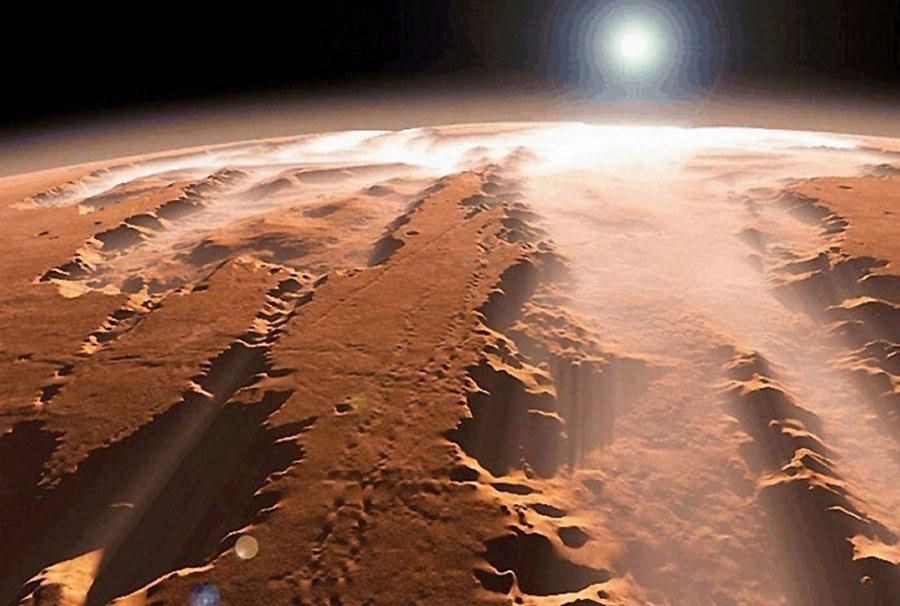
The impacts would have produced regional hydrothermal systems on Mars similar to those in Yellowstone National Park, which today harbor chemically powered microbes, some of which can survive boiling in hot springs or inhabiting water acidic enough to dissolve nails.
In addition to producing hydrothermal regions in portions of Mars’ fractured and melted crust, a massive impact could have temporarily increased the planet’s atmospheric pressure, periodically heating Mars up enough to “re-start” a dormant water cycle, Mojzsis explained, in a press release.
Much of the action on Mars occurred during a period known as the Late Heavy Bombardment about 3.9 billion years ago when the developing solar system was a shooting gallery of comets, asteroids, moons and planets.
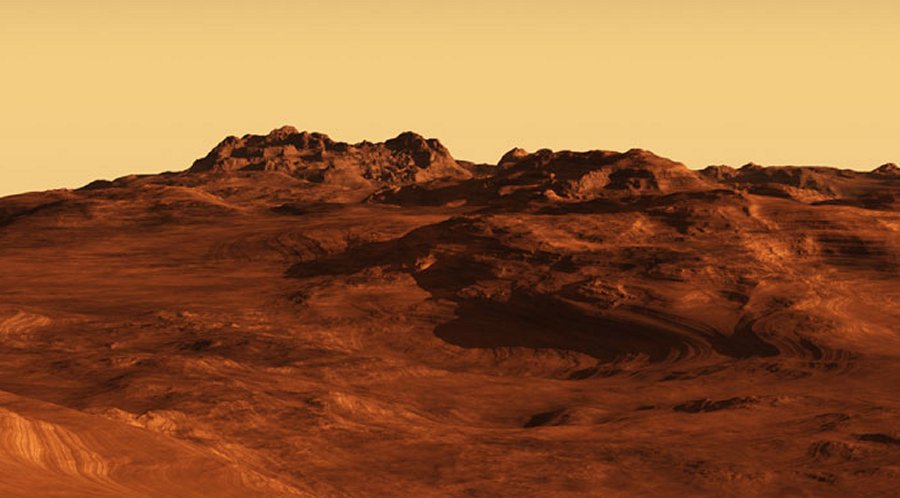
Unlike Earth, which has been “resurfaced” time and again by erosion and plate tectonics, heavy cratering is still evident on Mercury, Earth’s moon and Mars, Mojzsis said.
Researchers used the Janus supercomputer cluster at the University of Colorado Computing facility for some of the 3-D modeling necessary for their study.
They looked at temperatures beneath millions of individual craters in their computer simulations to assess heating and cooling, as well as the effects of impacts on Mars from different angles and velocities.
A single model comprising the whole surface of Mars took up to two weeks to run on the supercomputer cluster, said Mojzsis.
The research is published in Earth and Planetary Science Letters.
MessageToEagle.com
Expand for referencesReferences:
Related Posts
-
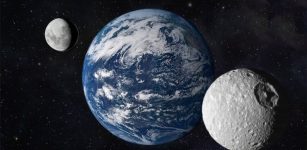 Cosmic Mystery – What Happened To Earth’s Second Moon?
No Comments | May 15, 2017
Cosmic Mystery – What Happened To Earth’s Second Moon?
No Comments | May 15, 2017 -
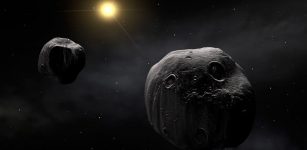 Asteroids Have Days And Nights But The Yarkovsky Effect Is Dangerous
No Comments | Apr 5, 2018
Asteroids Have Days And Nights But The Yarkovsky Effect Is Dangerous
No Comments | Apr 5, 2018 -
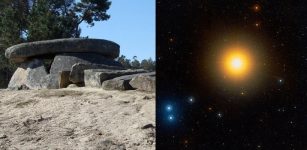 First Astronomical Observing Tool: 6,000-Year-Old Tombs Were Used As Telescopes By Ancient Stargazers
No Comments | Jun 30, 2016
First Astronomical Observing Tool: 6,000-Year-Old Tombs Were Used As Telescopes By Ancient Stargazers
No Comments | Jun 30, 2016 -
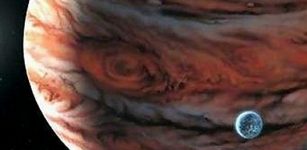 Bizarre Exotic Alien World 55 Cancri e Has Atmosphere Thicker Than Earth’s But With Similar Ingredients
No Comments | Nov 17, 2017
Bizarre Exotic Alien World 55 Cancri e Has Atmosphere Thicker Than Earth’s But With Similar Ingredients
No Comments | Nov 17, 2017 -
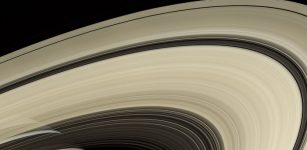 10 Things: Unsolved Mysteries of Saturn’s Moons
No Comments | Jun 3, 2019
10 Things: Unsolved Mysteries of Saturn’s Moons
No Comments | Jun 3, 2019 -
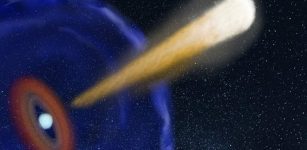 The Jet/Cocoon Riddle: Violent Merger Of Neutron Stars In Constellation Of Hydra – Exposed
No Comments | Feb 26, 2019
The Jet/Cocoon Riddle: Violent Merger Of Neutron Stars In Constellation Of Hydra – Exposed
No Comments | Feb 26, 2019 -
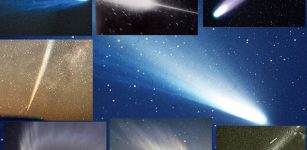 8 Of The Greatest Comets That Visited Us And Their Next Flyby
No Comments | May 11, 2017
8 Of The Greatest Comets That Visited Us And Their Next Flyby
No Comments | May 11, 2017 -
 Pluto Was Covered With Liquid Oceans In The Distant Past
No Comments | Jun 23, 2020
Pluto Was Covered With Liquid Oceans In The Distant Past
No Comments | Jun 23, 2020 -
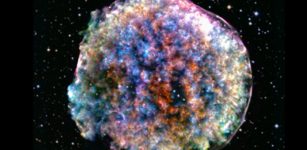 Tycho Supernova: Death Of A Star – Tycho’s New Star Was Not New At All
No Comments | Oct 21, 2019
Tycho Supernova: Death Of A Star – Tycho’s New Star Was Not New At All
No Comments | Oct 21, 2019 -
 Highest Resolution View Of The Heart Of A Blazar Achieved
No Comments | Jan 29, 2022
Highest Resolution View Of The Heart Of A Blazar Achieved
No Comments | Jan 29, 2022
